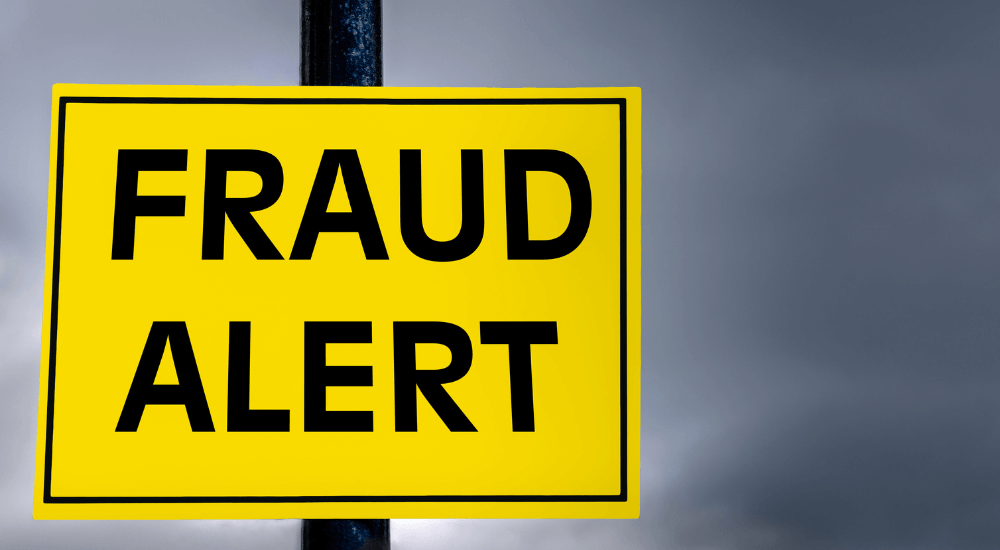DNA Diagnostics Center (DDC) has been performing high-quality DNA testing since 1995, and so we’ve probably “heard it all.” As an authority on DNA, we often get inquiries about paternity fraud. Are there ways to “fix” a test in order to manipulate the results? How concerned should people be about the possibility of fraud? Here are answers you really want to know to the top 3 questions we get about this delicate subject.
Q: Paternity Fraud: What if the mother submits her own DNA, pretending that it’s the father’s?
A: You needn’t worry, because it won’t affect results.
Sometimes a mother may attempt to submit her own sample for a paternity test, knowing it will show a positive result for a biological relationship (which makes perfect sense, since she’s the mother of the child). However, this is never successful because the lab includes the amelogenin, or sex, gene in its analysis in order to verify the gender of all participants, including the possible father, the child, and the mother. The lab can tell immediately if the sample submitted is a female’s instead of the expected males, and suspends testing without issuing results. The lab then requests new samples before proceeding with the paternity test.
LEARN MORE ABOUT UNDERSTANDING TEST RESULTS >
Q: Paternity Fraud: What if the possible father switches his samples with someone else’s?
A: This can definitely affect results, and must be safeguarded against.
When doing an at-home test, a possible father may commit paternity fraud by swabbing someone else’s cheeks and submitting that man’s DNA as if it were his own. This can definitely affect results, since the integrity of the samples has been compromised. If the possible father actually is the biological father of the child being tested, the report would nevertheless show a 0% probability of paternity since it was not his DNA that was tested. Keep in mind that a mother could also swab someone else and try to pass off the sample as her child’s, and that is also fraud.
Prevention tips:
Be each other’s witnesses: If you have any reason to suspect the mother or possible father might try to submit someone else’s samples as their own, insist on collecting DNA together in the same room and insist on mailing the sample envelopes off as a group. When you act as each other’s witnesses, you can each be sure that no fraud has taken place.
Choose a legal test with court-admissible results: It may be worth your while to pay a little extra for a legal paternity test collection. If you cannot be each other’s witnesses, then perhaps an at-home test is not the best option for you. With a legal paternity test, DNA collection and submission of samples to the lab are witnessed at an approved facility. The lab makes all arrangements for DNA collection—no matter where participants live—so you can be sure the risk of fraud is nil.
Q: Paternity Fraud: Can results be changed by eating or drinking before DNA collection?
A: No, that’s not possible at all.
It is recommended that participants in a test not eat, drink, or smoke for one hour prior to swabbing their cheeks. So sometimes, people who want to purposefully commit paternity fraud assume that if they do any or all of those three things, then the result of their DNA test can be falsified. The truth is that DNA cannot be “changed” by eating, drinking, etc.: it can only affect the “quality” of the sample. If one or more swabs submitted are contaminated by food residue, breast milk remnants, or other matter, making it impossible for the robots to extract DNA, then testing is suspended until new samples can be obtained.
Final Thoughts
We do everything we can to safeguard against paternity fraud, but it’s important that participants in testing do their own due diligence to ensure samples submitted for testing belong to the right people. It’s the wise and cautious thing to do!

